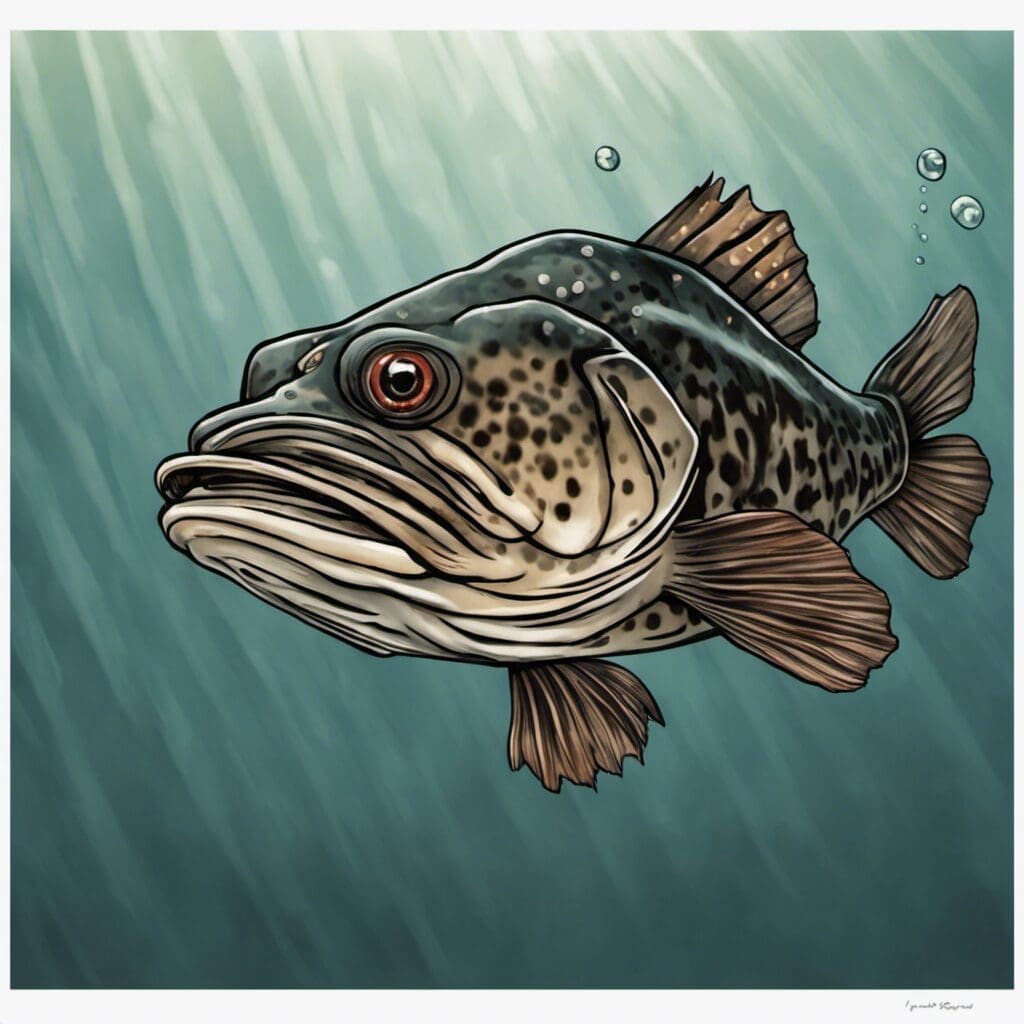Introduction
The Lingcod (Ophiodon elongatus) belongs to a family of fish known as the Hexagrammidae. Despite its name, the Lingcod is neither a member of the ling family nor the cod family, but it gets its name from its similarity in appearance to those fish types.
Conservation Status
This species is currently of least concern, thanks to a steady population. Conservation efforts are ongoing to ensure sustainable fishing practices, particularly on the Pacific coasts of Canada and the USA, where the Lingcod is most commonly found.
Statistics
| Statistic | Average | Range |
|---|---|---|
| Length | 60 cm | 50-80 cm |
| Weight | 10 kg | 5-15 kg |
| Average Lifespan | 20 years | 13-23 years |
Distribution
Lingcods are primarily found in the North Pacific, particularly along the coasts of USA and Canada. In terms of migration patterns, they tend to stay in the same area throughout their life, usually within a few miles of where they were born.
Habitats
Lingcods are saltwater fish that inhabit rocky, coastal habitats. They can be found at a depth range of 0 to 470 meters. As for temperature, they prefer chillier waters, typically those between 6°C and 12°C.
When and Where to See
The best time to spot Lingcods is during their spawning season, which is between December and March. Furthermore, they are most active during the day.
Best Fishing Locations
The top fishing spots for Lingcods include:
- Prince William Sound, Alaska
- Salish Sea, Washington
- Vancouver Island, British Columbia
- Monterey Bay, California
To locate Lingcod, look for rocky areas with plenty of hiding spots, as they have a strong preference for this type of environment.
How to Catch
Lingcods respond well to a variety of baits and lures, including herring, squid, and octopus. Fishing techniques like bottom fishing are generally most effective. The best time to fish for Lingcods is during the day, and during their spawning season.
Identification Guide
Lingcod are distinct for their long bodies, large mouths, and sharp teeth. They are usually greenish in color, which helps them blend into their rocky habitats. They may be confused with other members of the Hexagrammidae family, but their coloration and larger size help distinguish them.
Culinary
Lingcod flesh has a fantastic flaky texture and subtly sweet flavor, which is appreciated by many seafood enthusiasts. The fish are high in protein and contain beneficial omega-3 fatty acids. Due to their large size and delicious taste, Lingcod are frequently featured in the cuisine of the Pacific Northwest.
Additional Information
Lingcod are solitary and territorial creatures, primarily feeding on small fish and invertebrates. They face threats from larger marine creatures and human activities such as overfishing and habitat destruction.
References and Further Reading
- Fishbase. ‘Ophiodon elongatus’
- NOAA Fisheries. ‘Lingcod’
To further understand the fascinating Lingcod, the aforementioned resources provide ample information. Readers are also encouraged to seek out scientific journals and publications concerning the species and its unique living habits

